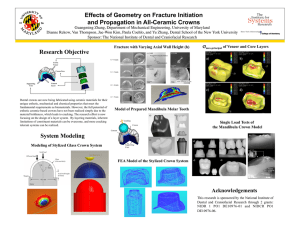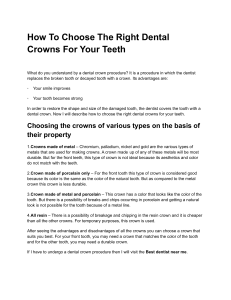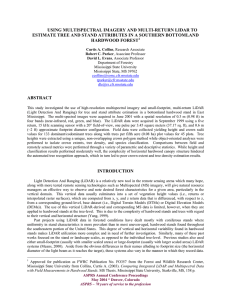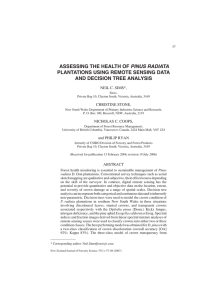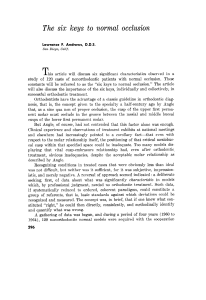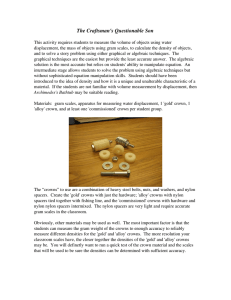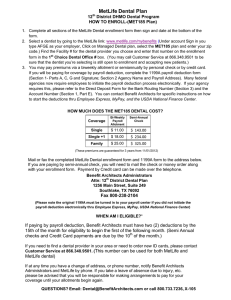Influence of Crown Geometry and Loading on Stress Distribution
advertisement
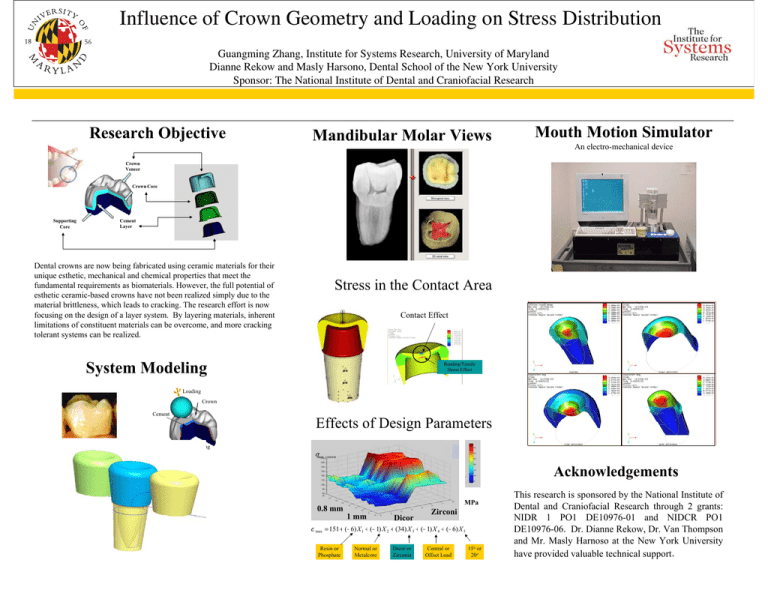
Influence of Crown Geometry and Loading on Stress Distribution Guangming Zhang, Institute for Systems Research, University of Maryland Dianne Rekow and Masly Harsono, Dental School of the New York University Sponsor: The National Institute of Dental and Craniofacial Research Research Objective Mandibular Molar Views Mouth Motion Simulator An electro-mechanical device Crown Veneer Crown Core Supporting Core Cement Layer Dental crowns are now being fabricated using ceramic materials for their unique esthetic, mechanical and chemical properties that meet the fundamental requirements as biomaterials. However, the full potential of esthetic ceramic-based crowns have not been realized simply due to the material brittleness, which leads to cracking. The research effort is now focusing on the design of a layer system. By layering materials, inherent limitations of constituent materials can be overcome, and more cracking tolerant systems can be realized. Stress in the Contact Area Contact Effect System Modeling Bending/Tensile Stress Effect Loading Crown Cement Effects of Design Parameters Supporting Core σmax_crown Acknowledgements MPa 0.8 mm 1 mm Dicor Zirconi σ max = 151 + (−6) X 1 + (−1) X 2 + (34) X 3 + (−1) X 4 + (−6) X 5 Resin or Phosphate Normal or Metalcore Dicor or Zirconia Central or Offset Load 15o or 20o This research is sponsored by the National Institute of Dental and Craniofacial Research through 2 grants: NIDR 1 PO1 DE10976-01 and NIDCR PO1 DE10976-06. Dr. Dianne Rekow, Dr. Van Thompson and Mr. Masly Harnoso at the New York University have provided valuable technical support.
